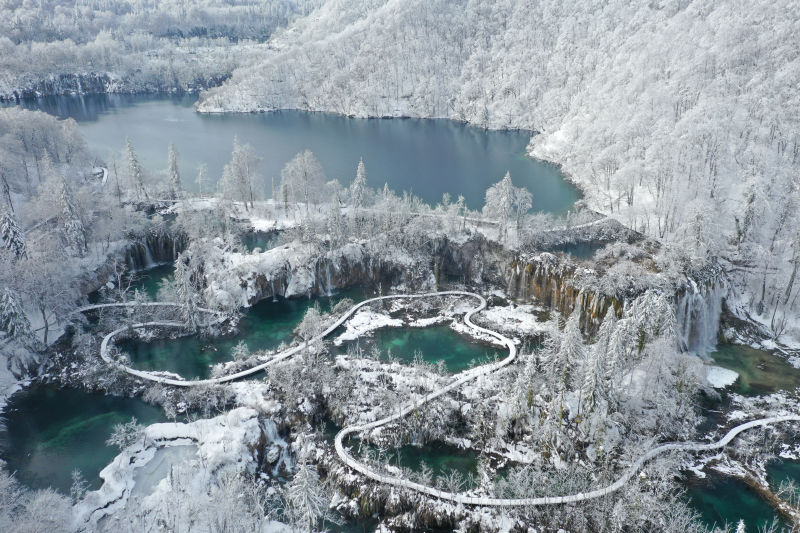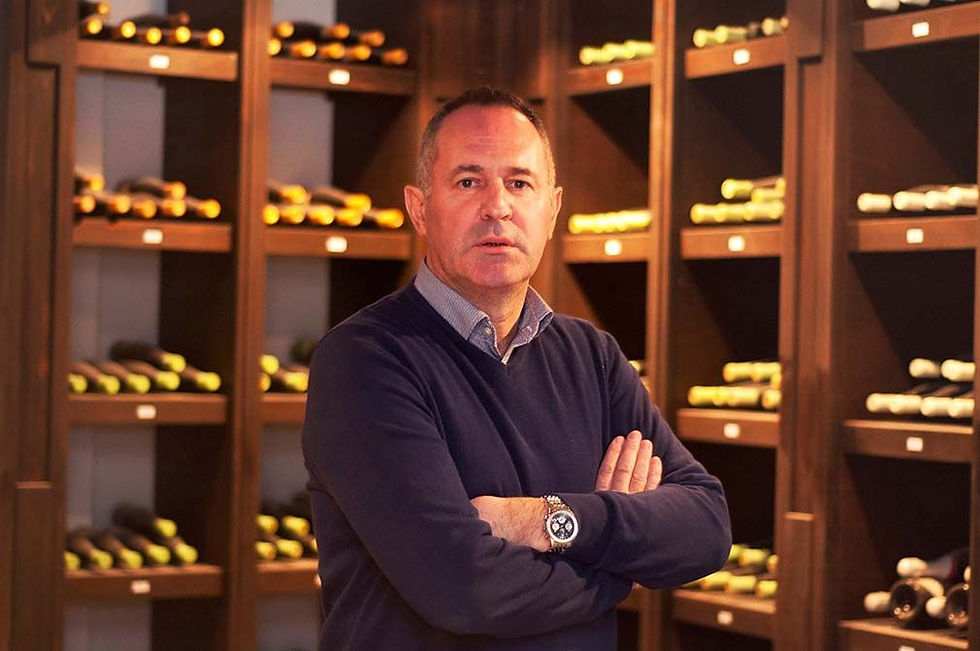Village Communities of the Ing River
- Vedran Obućina

- Jan 20, 2020
- 3 min read
The Ing River is a tributary of the Mekong River in the northern part of Thailand. The Ing flows through the plain area of Thoeng District and is about 300 kilometres long. Its flow varies seasonally due to the tropical forest climate in the region. Floodwaters inundate the river basin during the rainy season, spurring migratory fish to enter the Ing from the larger Mekong to spawn there. The intermittently flooded forest near its banks allows for ample spawning grounds for a wide variety of river-running fish. Many young and old fish go back downriver with the onset of the dry season. The native people of the Ing River watershed depend on catching migratory fish and other wild riverine animals for their survival. Locals rely upon seasonal fish and their migration and have learned to catch them with great skill, especially through the use of hundreds of small reservoirs and ponds.

We met these fishermen in Baan Ngarm Meung village, where they talked about the fish sanctuaries. The village is home to some 200 people and 40 households. The village is practically in the wetland. Villagers began with environmental protection to save many aquatic animals and created a network with other villages in the area to protect Ing. We are just next to the river, in a wonderful forest. On the other side, we see water buffalos, a loyal companion to everyday village works. About the traditions and issues at hand talk the village elder’s father, who took care of the village when he was younger.

Fish sanctuaries are an idea to save the species in the river system. When the villagers started with this concept in 2004, there was almost no fish. They have also recognised many forms of wrongful fishing, for example, electrification, bombing, poisoning. These methods were very common at the time. Wisdom prevailed, and villagers agreed to form the fish sanctuaries. Now there are more fish, more other animals, and some of the authentic species in Ing river has also returned. The old man looks quite old indeed, so not many people remember an age when the village had abundant resources in food, fish and wood. Degradation of the environment started with charcoal production. Here, in the wetland forest, natural resources are becoming again source of livelihood, together with 20 buffalos on the other side of Ing river.

While we talk with village representatives, we get acquainted with fishing gears. Fish can be huge here, and this is particularly true for the Mekong’s giant catfish (blah beuk), which is among the largest freshwater fish in the world. It can be up to three metres long and weigh up to 300 kg. Its mild flavour is favourite among the locals who even have a ritual ceremony of chicken sacrifices to Chao Mae Pla Beuk, a female deity thought to preside over the giant catfish. Despite this popularity, it is hardly possible to find a catfish in Chiang Khong or villages around it. Fishermen sell the fish on the spot and prices may be over 500 baht per kilo, so most of the fish end up in Bangkok. Now the fish is bred in captivity, as it is listed as endagareded species. Dams also have a tremendous effect as they are an obstacle to the fish’s migration and reefs are important breeding grounds.


















Comments